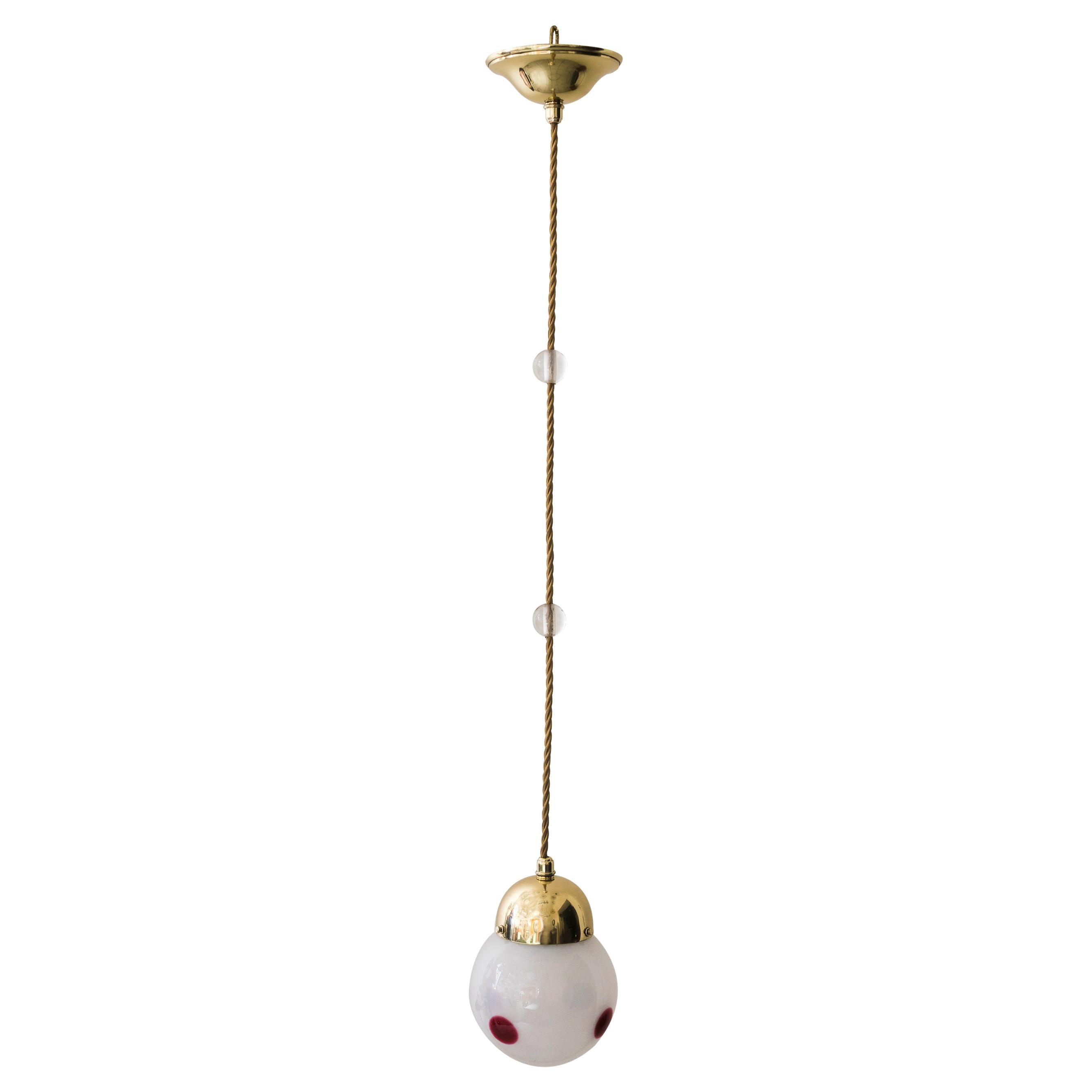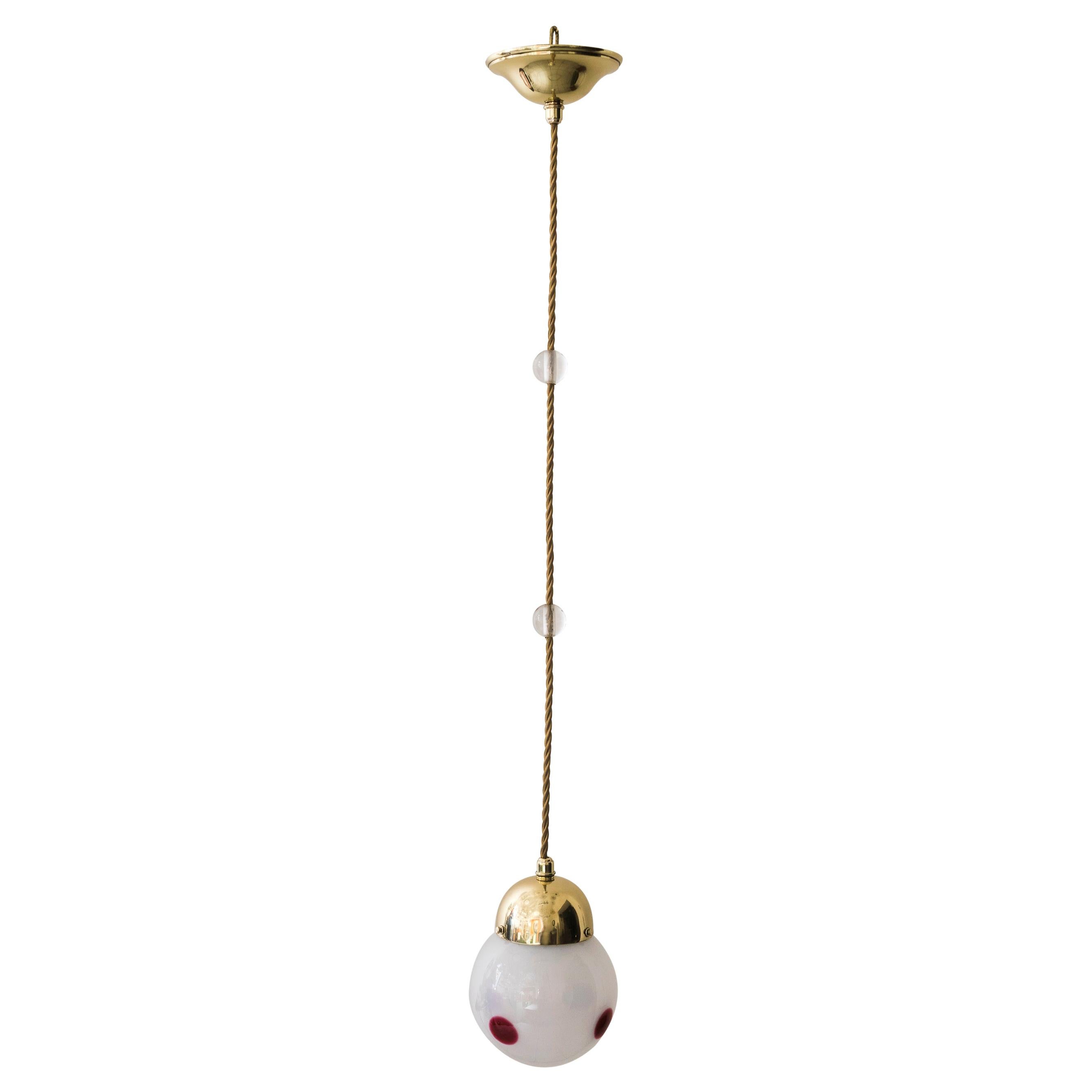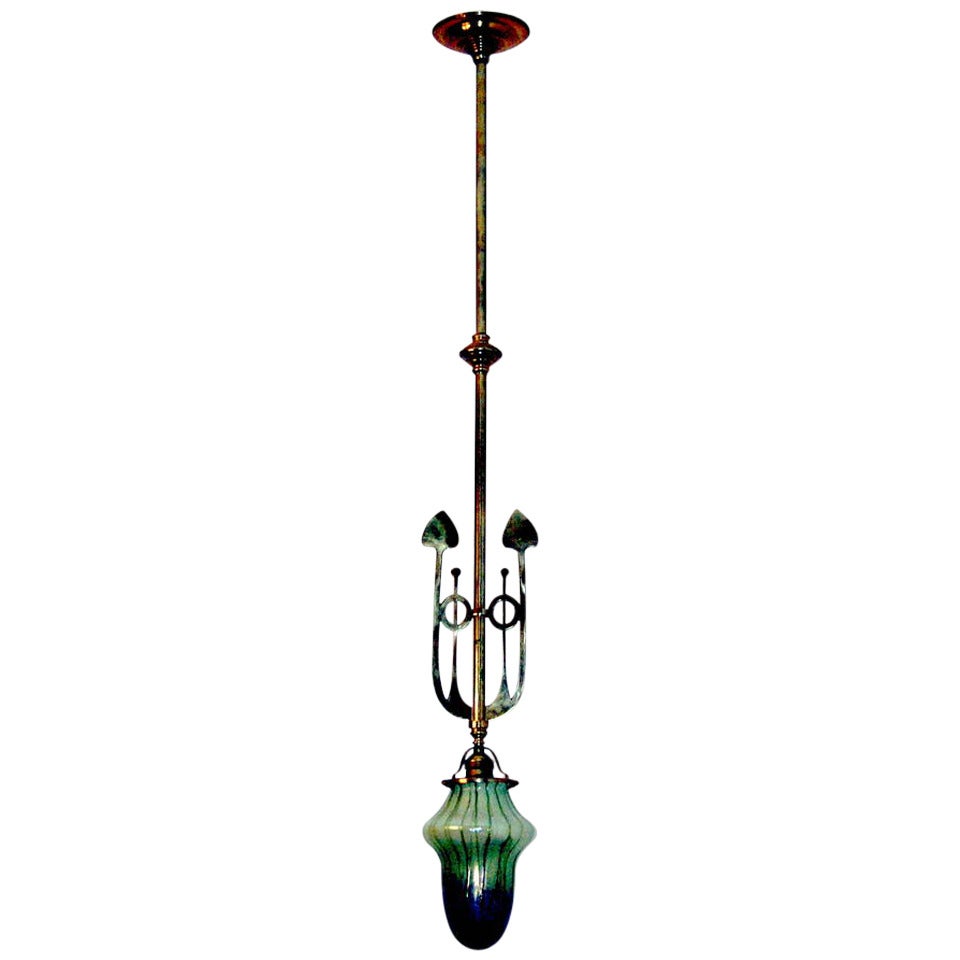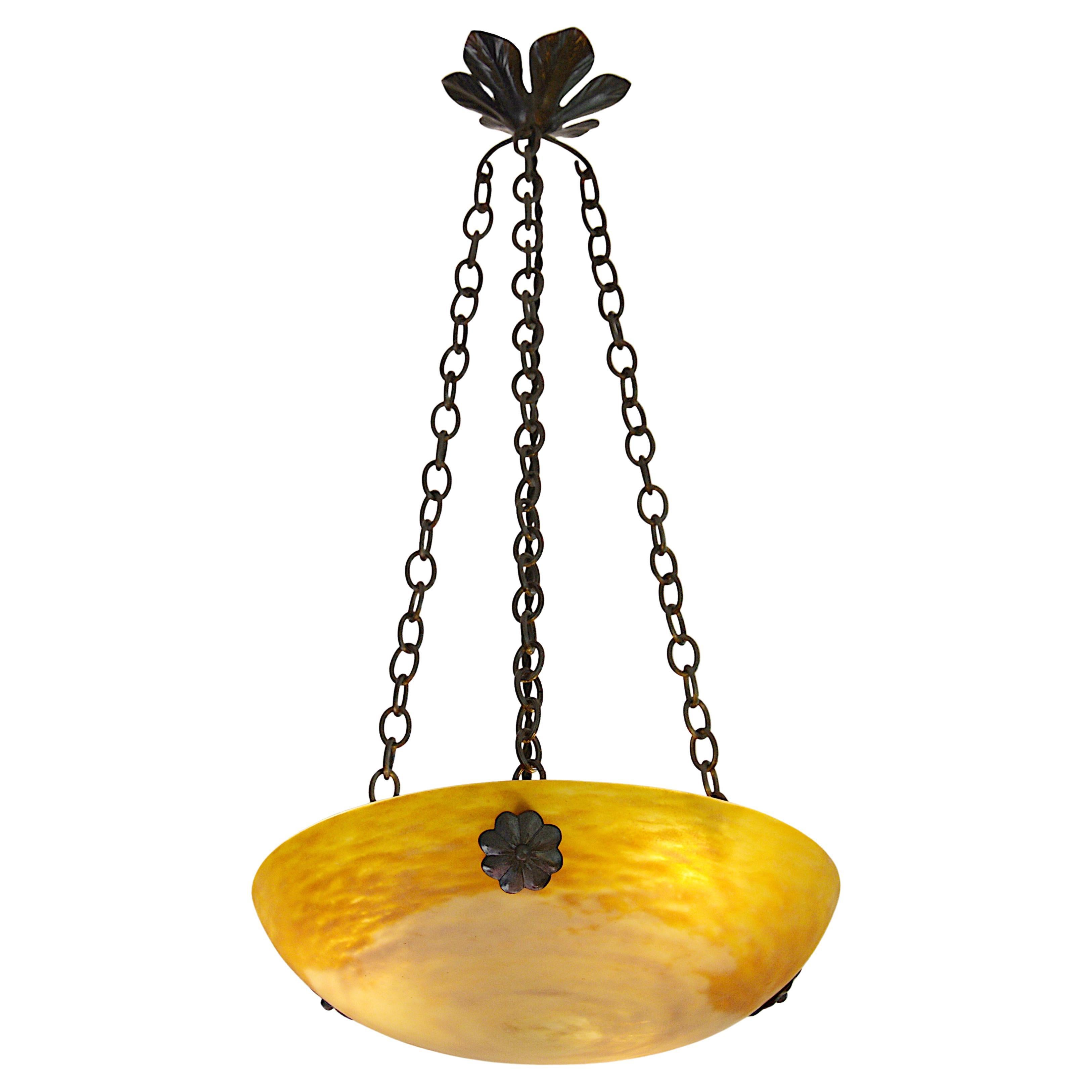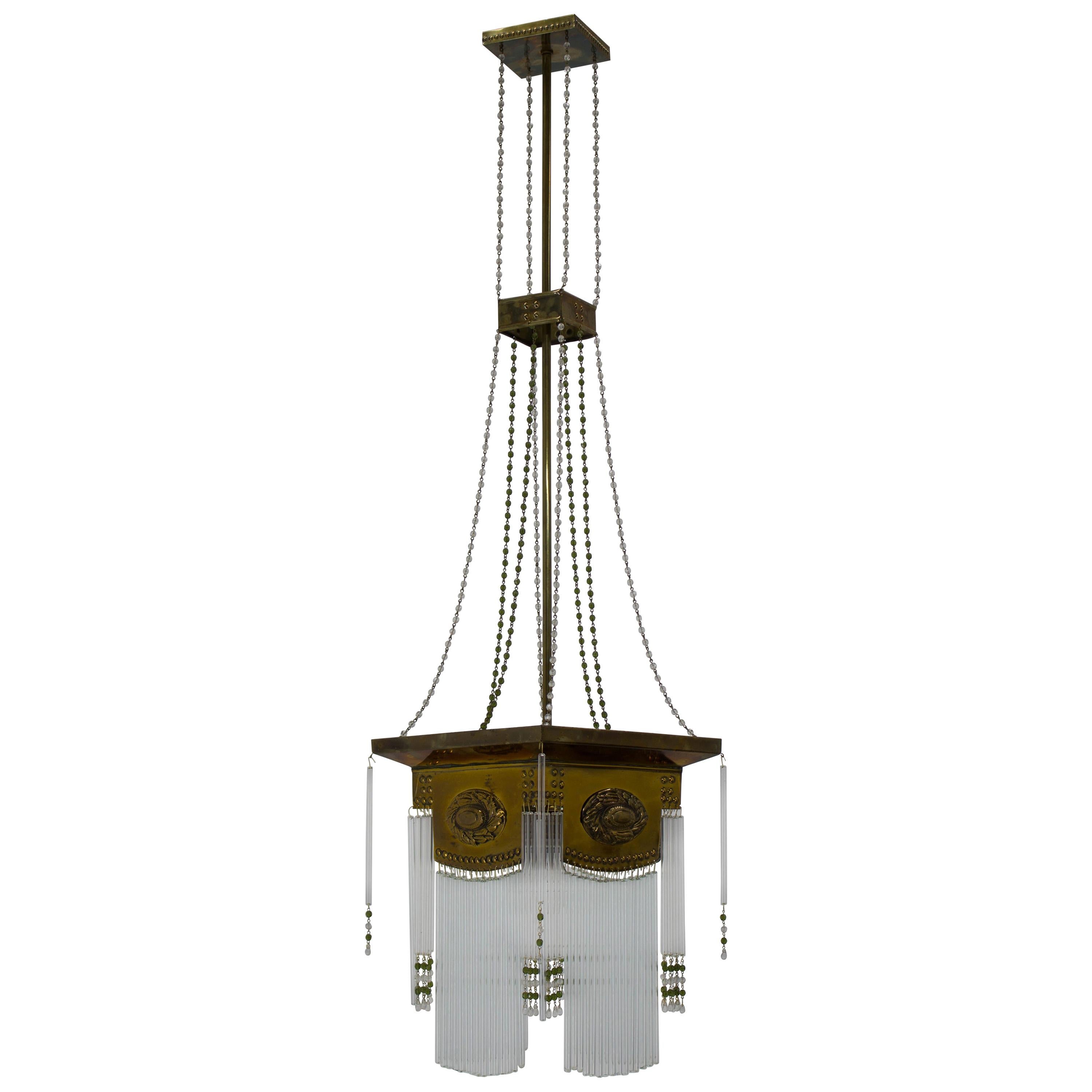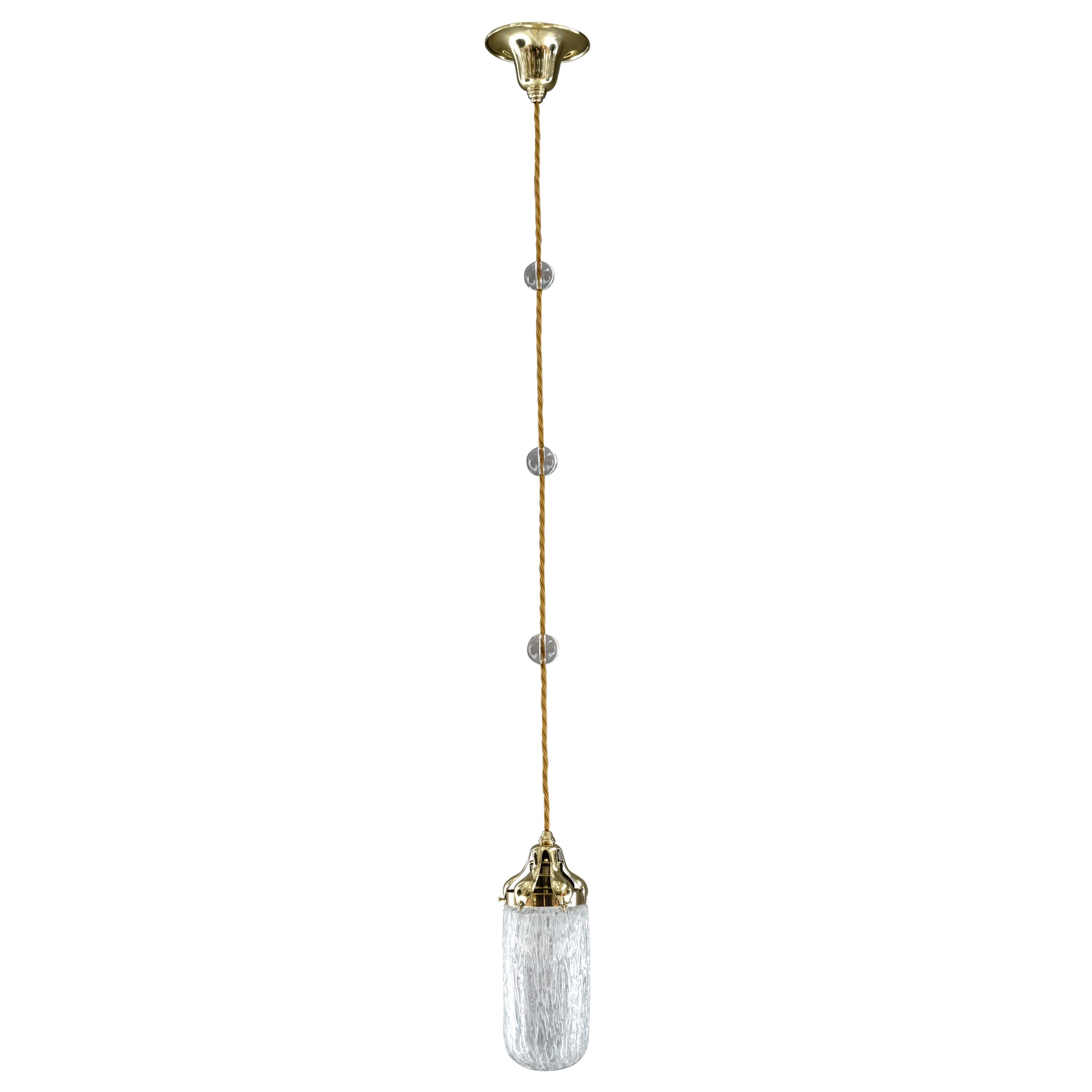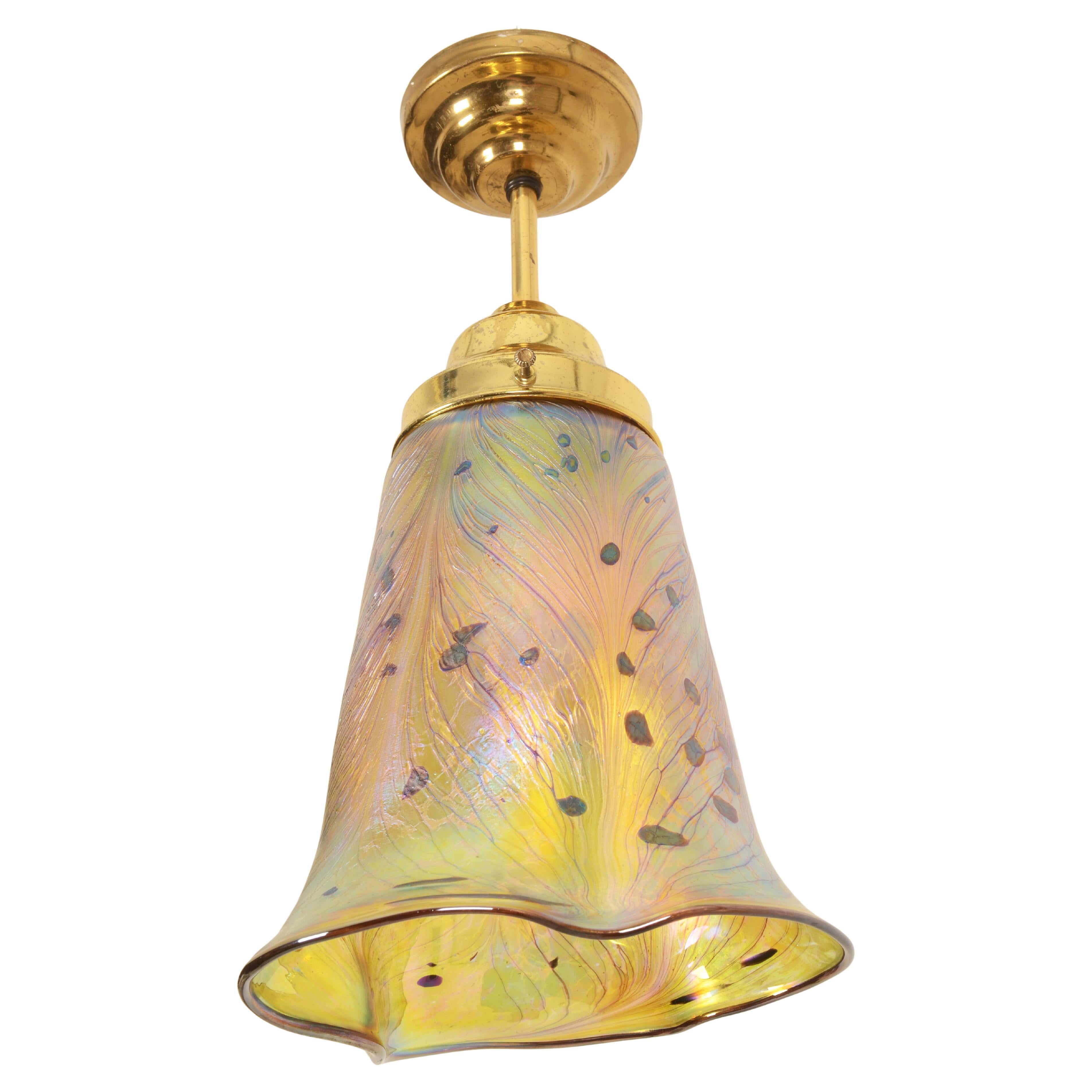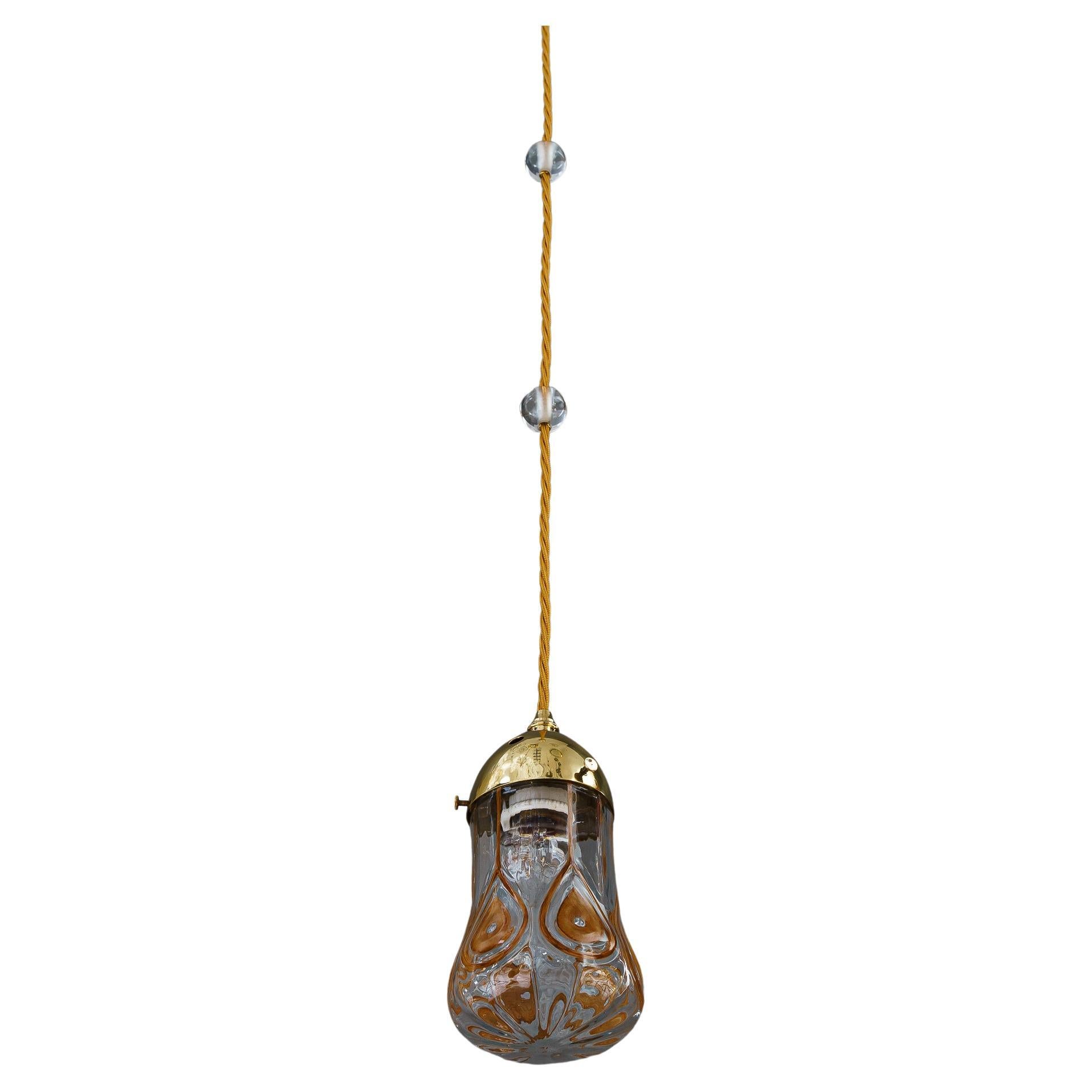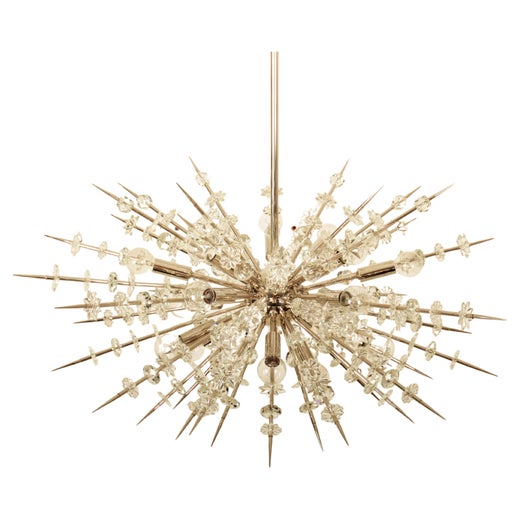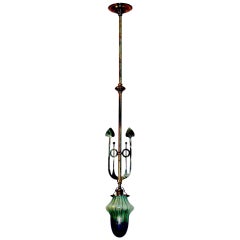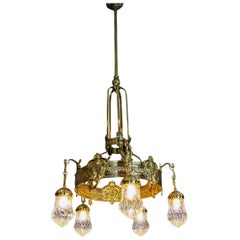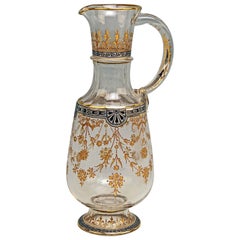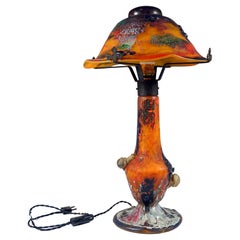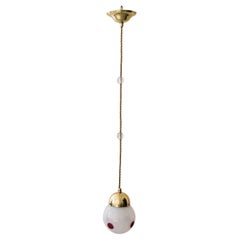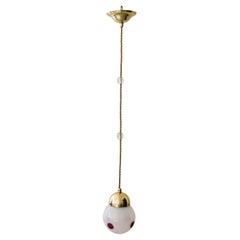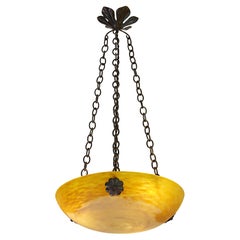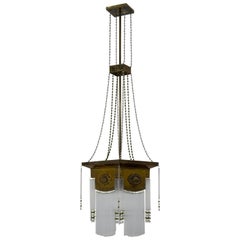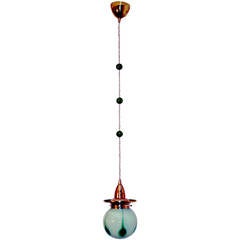
Art Nouveau Finest Suspended Lamp Loetz Pendant Made C. 1905
View Similar Items
Art Nouveau Finest Suspended Lamp Loetz Pendant Made C. 1905
About the Item
- Creator:Bakalowits & Söhne (Retailer)
- Dimensions:Height: 41.2 in (104.65 cm)
- Style:Art Nouveau (Of the Period)
- Materials and Techniques:
- Place of Origin:
- Period:
- Date of Manufacture:1905
- Condition:
- Seller Location:Vienna, AT
- Reference Number:1stDibs: LU101441273858
Bakalowits & Söhne
Bakalowits & Söhne are prestigious purveyors of bespoke illumination worldwide. With a history of producing unique crystal chandeliers and pendants, wall lights and other lighting fixtures that spans nearly two centuries and five generations, the company is one of the oldest family-owned furniture manufacturers, well-known for its mid-century modern and Hollywood Regency lamps and other lighting designs.
In 1845-era Vienna, Elias Bakalowits opened a shop that established the family’s long tradition of lighting production. Creating lanterns, wall mirrors, candle holders and other lighting, the reputation of the firm spread throughout the Austro-Hungarian Empire. In 1892, when Ludwig Bakalowits was running the company in its second generation, the firm was named Imperial and Royal Court Purveyor and received a lighting order for the Hofburg — Emperor Franz Joseph’s new imperial palace — and its historic ballroom, the Redoutensaal.
Bakalowits & Söhne received the first patents on their chandeliers and other works in the mid-20th century. At the same time, the houses of Parliament, Burgtheater, Vienna City Hall, Vienna State Opera, and Stephansdom needed repairs owing to considerable damage that the structures sustained during the Second World War. Bakalowits & Söhne secured commissions to create fixtures for the partially destroyed, war-torn buildings.
The postwar years saw growth for the brand that extended into the Middle and the Far East. Collaborations with architects in these regions led to creating an immense chandelier, which resides in the parliament building in Belgrade, Serbia. With this growth and expansion came exhibitions at the turn of the century. Among these was the World Exhibition in Paris in 1900, with additional exhibits in other cities, including London, Geneva, St. Petersburg and Turin.
Today, KR Prof. Friedl Bakalowits leads the company in its fifth generation. Bakalowits & Söhne continues to produce chandeliers for individual residences, including palaces, villas and companies worldwide. Their pieces illuminate cultural institutions, hotels, opera houses, conference centers and cruise ships.
On 1stDibs, find a collection of antique and vintage Bakalowits & Söhne lighting, mirrors and decorative objects.
More From This Seller
View AllEarly 20th Century Austrian Art Nouveau Chandeliers and Pendants
Brass
Vintage 1910s Austrian Art Nouveau Chandeliers and Pendants
Brass
Antique Early 1900s Austrian Art Nouveau Glass
Enamel
Antique Early 1900s French Art Nouveau Glass
Glass
Antique Early 1900s Austrian Art Nouveau Glass
Glass
Antique Early 1900s Austrian Art Nouveau Planters, Cachepots and Jardini...
Beech, Bentwood
You May Also Like
Antique Early 1900s Austrian Jugendstil Chandeliers and Pendants
Brass
Antique Early 1900s Austrian Jugendstil Chandeliers and Pendants
Brass
Antique Early 1900s French Art Nouveau Chandeliers and Pendants
Wrought Iron
Antique Early 1900s Austrian Art Nouveau Chandeliers and Pendants
Brass
Early 20th Century European Arts and Crafts Chandeliers and Pendants
Metal, Brass
Antique Early 1900s Austrian Jugendstil Chandeliers and Pendants
Brass
